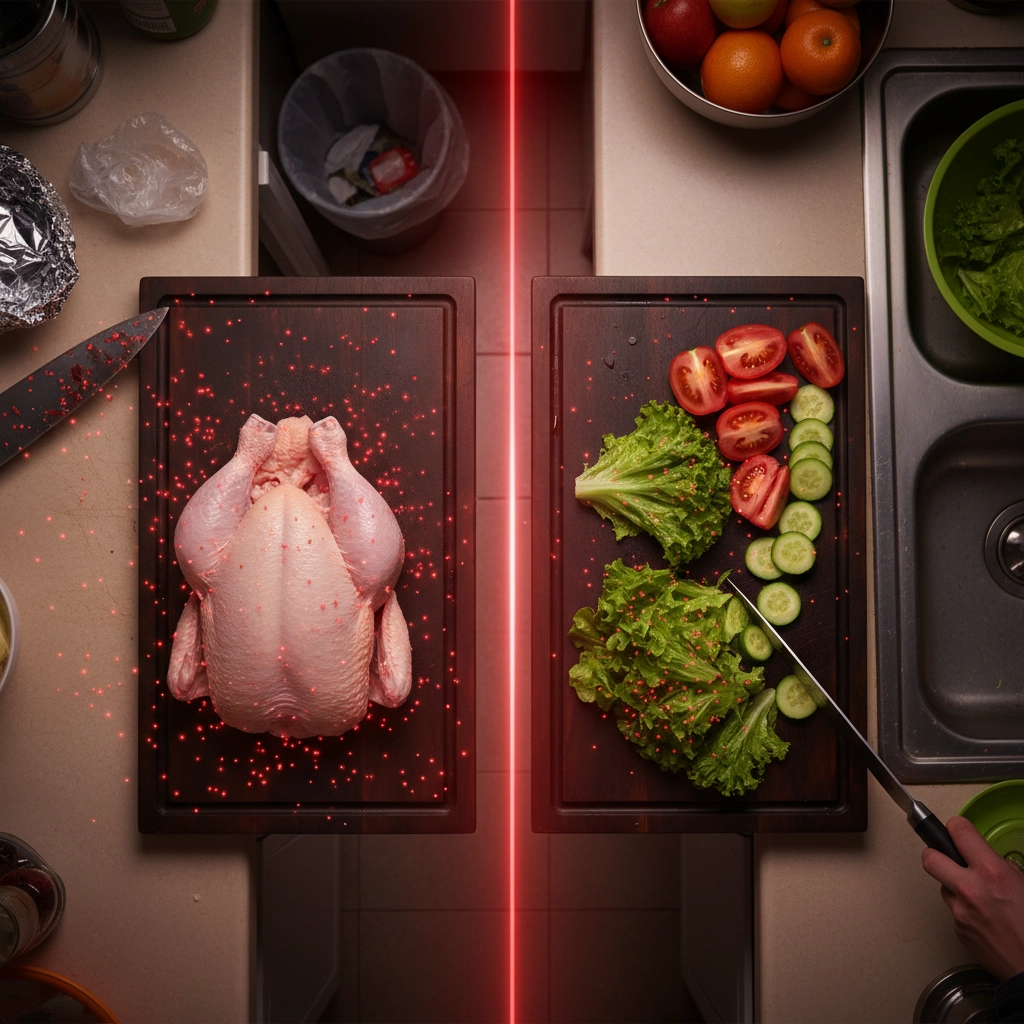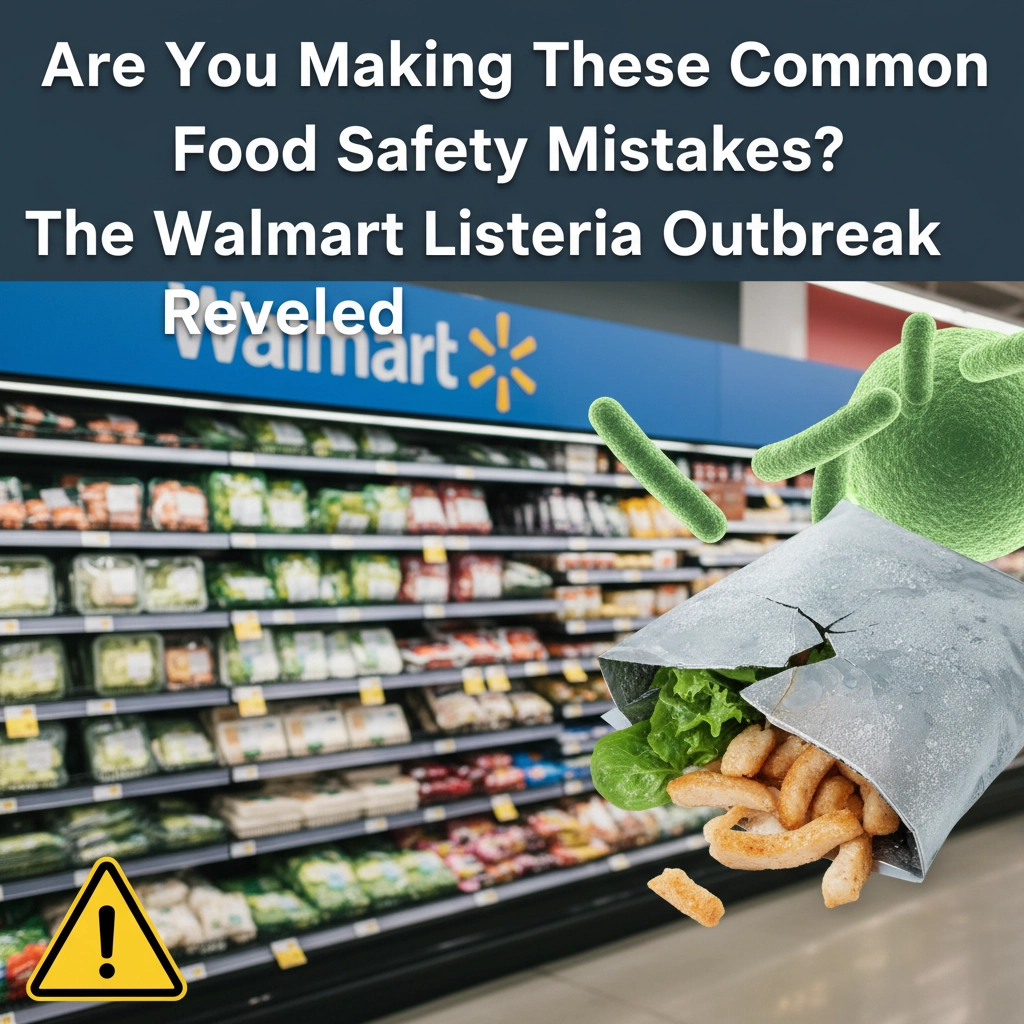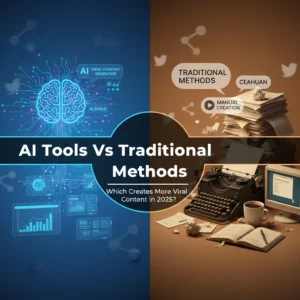You grab that convenient pasta meal from Walmart's refrigerated section, thinking you're making a quick, safe dinner choice. But what if that seemingly innocent meal could kill you?
That's exactly what happened to 20 people across 15 states who trusted Walmart's Marketside pasta meals. As of September 25, 2025, this deadly Listeria outbreak has sent 19 people to the hospital, claimed four lives, and caused one heartbreaking fetal loss.
This isn't just another food recall story. It's a wake-up call that exposes the dangerous mistakes we're all making with food safety: mistakes that could cost you everything.
The Deadly Truth About Walmart's Pasta Meals
The USDA dropped a bombshell public health alert that should terrify every grocery shopper. Those convenient Marketside pasta meals sitting in Walmart's refrigerated sections? They're contaminated with Listeria, a bacteria so dangerous it kills about 260 Americans every year.
Here's what we know: contaminated linguine pasta used as an ingredient tested positive for Listeria. The affected products include 12-oz clear plastic trays labeled "MARKETSIDE LINGUINE WITH BEEF MEATBALLS & MARINARA SAUCE" with best-by dates from September 22 through October 1, 2025.
But here's the scary part: this outbreak connects to an earlier investigation that began in April 2025. That means contaminated food has been circulating for months, potentially sitting in fridges and freezers right now.

The contamination source? A third-party supplier called Nate's Fine Foods in California. This single supplier managed to contaminate pasta products that ended up in both Walmart and Kroger stores, affecting multiple brands and putting thousands at risk.
The Food Safety Mistakes That Created This Disaster
Mistake #1: Blind Trust in Third-Party Suppliers
Walmart's response reveals a critical flaw: "The source of the listeria was likely an ingredient supplied by a third party." Translation? They trusted their supplier without adequate verification.
Most of us make this same mistake at home. We assume that if it's sold in a major grocery chain, it must be safe. We don't question the supply chain or think about where our food actually comes from.
Mistake #2: Ignoring Cross-Contamination Risks
This outbreak spread from chicken fettuccine alfredo meals to beef meatball linguine products. That doesn't happen by accident: it screams cross-contamination during processing.
At home, we do this too. Using the same cutting board for raw meat and vegetables. Not washing hands between handling different foods. These "small" mistakes can have deadly consequences.
Mistake #3: Delayed Response and Poor Communication
The investigation started in April, but consumers are still at risk in late September. Some affected products have best-by dates extending into October 2025. That's months of potential exposure.
We make similar timing mistakes at home. How often do you check expiration dates? Do you trust food that's been in your fridge for weeks? That leftover pasta from last weekend might be more dangerous than you think.

How to Protect Yourself Right Now
Check Your Fridge Immediately
Look for these specific details on any pasta products:
- Marketside brand linguine with beef meatballs and marinara sauce
- 12-oz clear plastic tray packages
- Best-by dates from September 22 through October 1, 2025
- Establishment numbers "EST. 50784" or "EST. 47718" inside the USDA inspection mark
If you find these products, don't taste them. Don't smell them. Throw them away or return them to Walmart immediately.
Recognize Listeria Symptoms
Listeria doesn't mess around. Symptoms include:
- Fever and muscle aches
- Headache and stiff neck
- Confusion and loss of balance
- Convulsions in severe cases
Pregnant women face the highest risk. Listeria can cause miscarriages, stillbirths, and life-threatening infections in newborns.
Master These Food Safety Basics
- Always check recall notices before consuming ready-to-eat meals
- Don't trust extended shelf lives on refrigerated prepared foods
- When in doubt, throw it out: no meal is worth your life
- Contact manufacturers directly with questions (Nate's Fine Foods: 916-677-7303)
My friend Sarah learned this the hard way. She bought a "gourmet" pasta meal from a high-end grocery store last month, thinking expensive meant safer. Three days later, she was in the ER with severe food poisoning. The pasta had been recalled, but she never checked the notices. "I just assumed if they're still selling it, it must be fine," she told me from her hospital bed.

What This Outbreak Reveals About Our Food System
This disaster exposes uncomfortable truths about how our food gets made. When a single supplier in California can contaminate products sold nationwide under different brands, our food system has a massive vulnerability problem.
The extended timeline: from April to now: shows how long contaminated food can circulate before anyone notices. That's terrifying when you consider how many meals you've eaten in the past few months.
But here's what really bothers me: Walmart knew their supplier was the problem, yet somehow couldn't prevent contaminated pasta from reaching shelves months later. If a company worth hundreds of billions can't manage this, what hope do smaller retailers have?
The USDA warns that more products may be added to this alert as the investigation continues. That means we're not done discovering how far this contamination spread.
The Real Cost of Convenience
Ready-to-eat meals promise convenience, but they come with hidden risks. Complex supply chains mean more opportunities for contamination. Extended shelf lives mean more time for bacteria to spread. Multiple processing facilities mean higher cross-contamination risks.
This outbreak proves that convenience foods aren't necessarily safer than cooking from scratch: they might actually be more dangerous.
When you buy ingredients and cook yourself, you control every step. When you buy prepared meals, you're trusting dozens of people and facilities you'll never see.
Are we trading our safety for convenience? And if so, is it worth the risk of becoming the next outbreak statistic?







